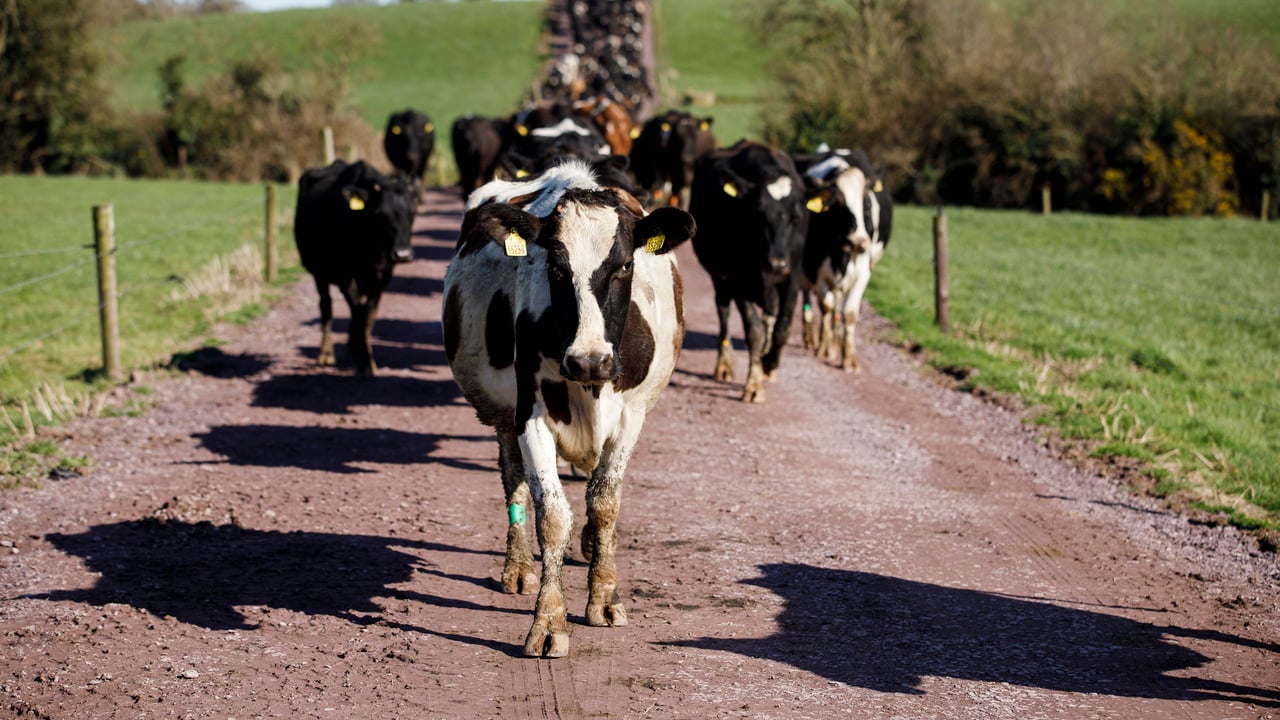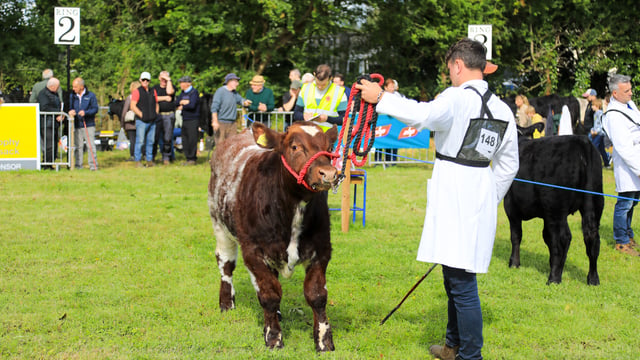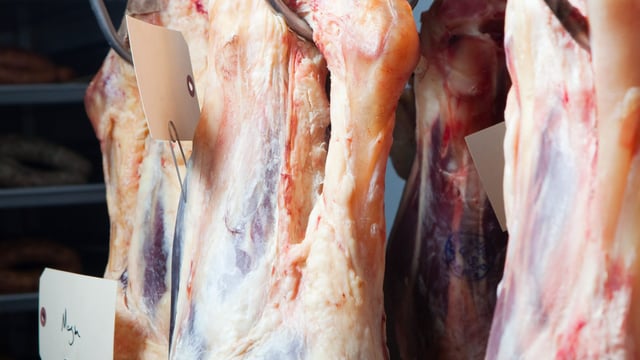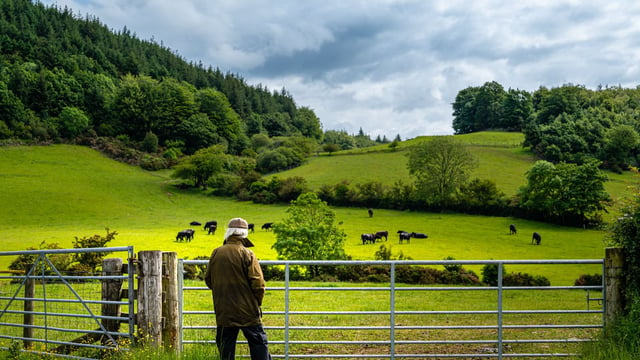Lameness: Treatment and roadway repairs before high-risk period
As we get deeper into the autumn, lameness can become a real issue on farms.
This is because cows are getting closer to the end of their lactation and will only be getting heavier in calf by the day. They will get more fatigued, and may be often walking long distances on uneven surfaces.
It is not unusual at this time of the year for cows to be walking longer distances, as many farmers allocate more paddocks to them to extend the rotation.
These paddocks tend to be further down the farm, meaning the cows have to undertake longer walks to get from the milking parlour to grazing and vice versa.
After a full season of grazing, roadways, verges, and yards may be in need of a repair, as the long grazing season and harsher autumn weather may have deteriorated many laneways and cow passes even further.
The current dry and warm weather is offering a chance for farmers to rectify any issues with laneways now before the poorer weather arrives, as this will not only improve hoof health but also aids in extending the grazing season.
Recent studies show that lameness on Irish dairy farms costs in the region of €5,000/100-cow herd/annum, at a prevalence of 5%.
A Teagasc Moorepark study found that lameness is in the region of 9% on Irish dairy farms and is at its highest during autumn.
The study also showed that cows with problems in the spring were 10 times more likely to be lame again in the autumn.
In a grazing herd, the lameness issues that arise the most are mechanical-like bruising, white line disease, and ulcers, rather than infectious diseases such as mortellaro, foul in the foot, or other infections.
Infectious diseases are typically related to lameness during housing where bacteria and disease are more rampant. However, if your herd is suffering with ongoing mortellaro issues, consistent foot bathing is needed, even during the grazing season.
The good thing about mechanical hoof issues is that they are relatively easier to manage, as it largely comes down to your cow flow, and the state of your farm roadways and gathering yards.
As we enter into the highest risk period for lameness, farmers should focus on identified problem areas; problem road surfaces; interface areas; roadway verges; cow flow; hoof trimming; and foot bathing.
Standing water, poorly drained areas, broken surfaces, shading under trees are all problem areas that can cause lameness issues on farms.
They should be rectified at this time of the year, when the weather is allowing and it is a relatively quiet period on the farm.
Pebbles and grit are the main cause of white line disease and if they are identified upon hoof trimming, farmers should ensure that surfaces are smooth and well-compacted. This can be difficult to maintain at this time of the year, but an effort should be made.
The step from roadway to concrete can cause problems as stones are flicked up and there is no give in the concrete, so, farmers should consider laying down a strip of astro-turf to flick off the stones before stepping on concrete.
Agriland has visited a good few farms recently that have bought in some old astro-turf from old football pitches and laid down a narrow strip in the middle of the laneway - every one of them claimed that cows eventually walk in one-by-one on the strip and the hoof trimmer is not in the yard as often.
Remove any grass verges, grass, and sod building up on the roadway, as they will only impede drainage which will lead to potholes forming.
Sharp turns along the roadway or around the parlour should be removed, if possible, and matting or astro-turf strips should be considered on congested areas.
The collecting yard should have more than 1.5m2/cow to avoid shoving and congestion, which will improve cow flow into the parlour and reduce stress on cows' feet.
Cows that were treated for lameness during the spring should be drafted for selective trimming at this time of the year, as lameness is a repeat offender problem and drafting these cows for a routine check-up before they get heavier in calf and prior to poorer weather is crucial.
Get any lameness issues that need to be sorted, sorted now. as treating cows when they are heavy in calf is only adding stress to the animal.
In addition, the weather and grazing conditions are naturally going to deteriorate into the autumn/winter, increasing cows' susceptibility to lameness.





